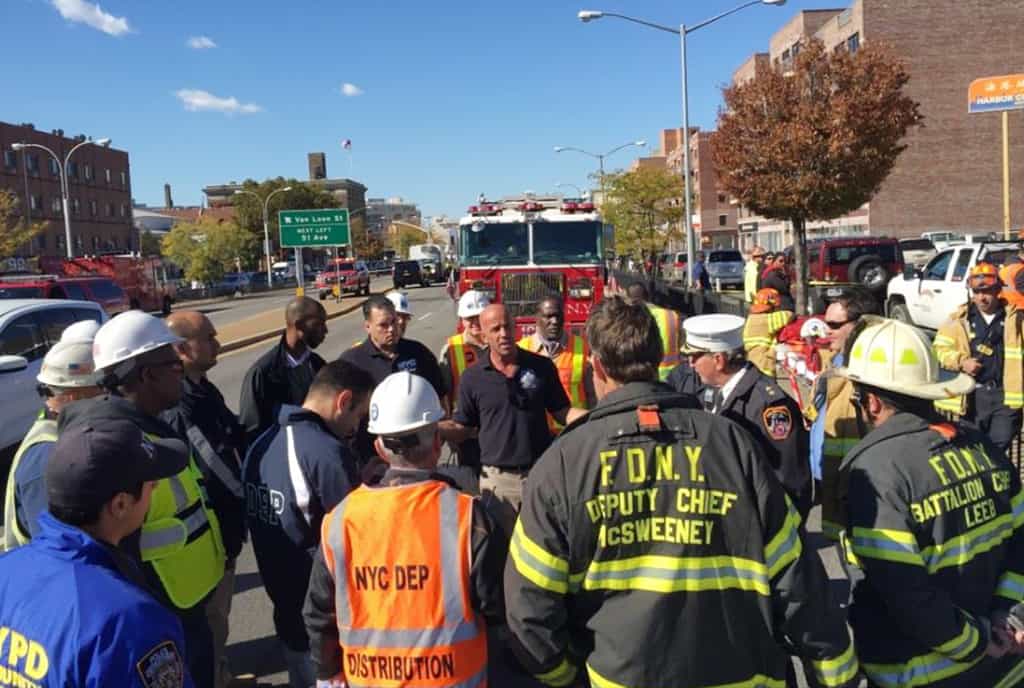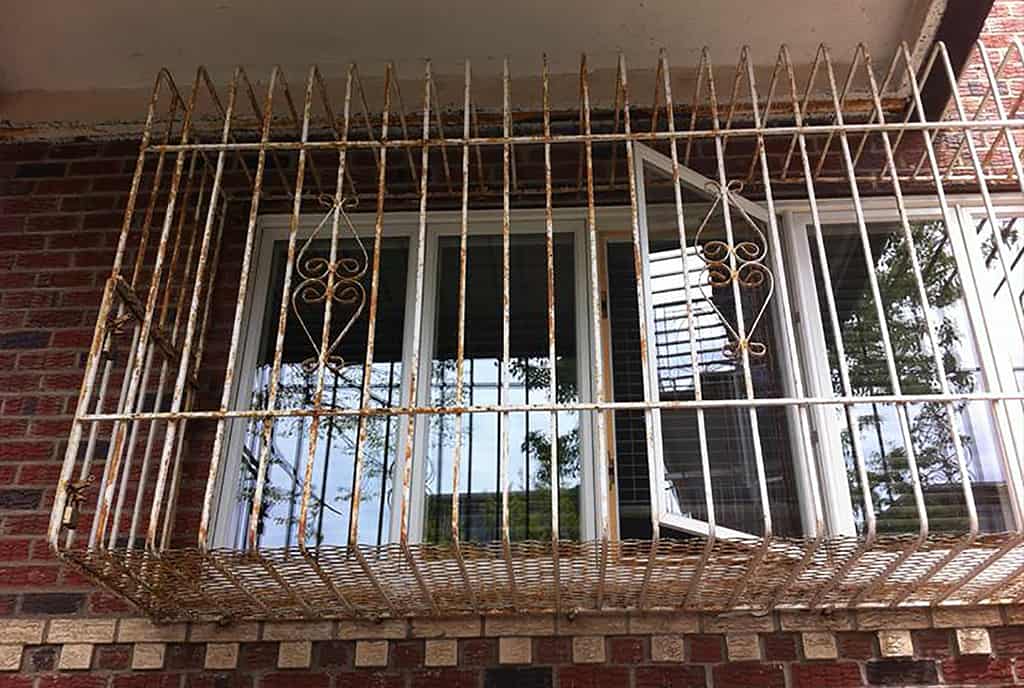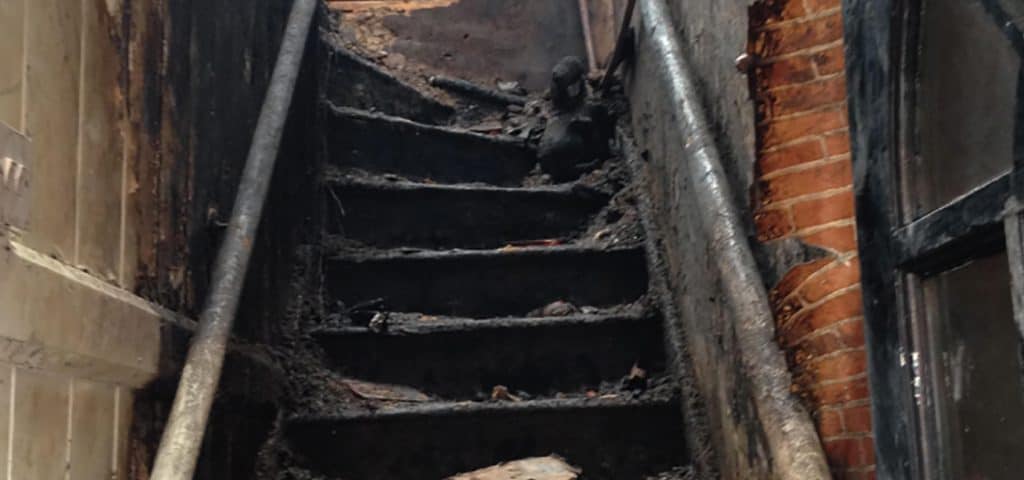
Operations at Queens Water Main Break
June 7, 2016
Window Bars, Part III: High Railings and Window Cages
June 7, 2016There is an old adage in the FDNY that if you want to know how many Firefighters there are on the stairs, all you have to do is count the steps and then add one. Stairwell management always has been a challenge for the FDNY. The problem usually derives from the fact that Firefighters want to be part of the action, but this attitude sometimes is counterproductive.
The FDNY uses stairs every day to provide access and egress to fires and emergencies. Members use stairs so often without incident that complacency can become a factor. As a Safety Chief, I can assure you that stairwell management and the safe use of stairs at a hot, fast-moving fire can be a challenge. Through the years, there have been many career-ending injuries on stairs stemming from poor stair discipline.
All ranks at a fire–from the Incident Commander (IC), to the Probie–should be mindful of stairwell management. When the IC is sending units into a building, only those units necessary to control the fire or emergency should be sent in. The Fire Sector Supervisor should make sure that an egress route is open to the members operating on the fire floor should conditions worsen. Officers, especially the second-due engine Officer, should maintain their units in readiness on the floor(s) below. Only those Firefighters necessary should be allowed on the stairs to the fire floor. Individual Firefighters should exhibit professionalism and discipline and leave the stairs open for members on the fire floor to exit in a hurry, if necessary.
Members of the FDNY have incurred significant injuries at incidents where stairwell management played a part. Some examples of these incidents are listed below.
- At a fire in a brownstone-type building, a flashover occurred, trapping Firefighters on the second floor. Firefighters began diving down the stairs to escape the flames. The escaping Firefighters collided with the members standing on the stairs. This resulted in Firefighters losing their helmets (no chin straps secured) and unnecessary injuries occurred.
- A Fire Officer was permanently disabled with a career-ending injury when the stairwell landing he and a Firefighter were standing on collapsed under their weight. The fire was in a New Law Tenement. The fire was a stairwell fire that was set by an arsonist. The stairs were subjected to extremely high heat. The Officer fell all the way to the floor below and shattered his wrist. The member who was standing with him on the stairwell landing was stopped from falling to the floor below by the strap supporting the stair landing.
- At a private dwelling fire, a senior Battalion Chief fell down the stairs when he tripped on the debris-strewn stairs and fell down the entire length of the stair from the second to the first floor. His career ended in a disability retirement from that fall.
- At a fire in a private dwelling where there was an extensive loss of life, a Battalion Chief was ordered into the building to assure proper stairwell management. There were too many Firefighters on the stairs and it impacted both access to and egress from the upper floors of the building.
Different buildings present different challenges using stairs.
Private Dwelling
- Combustible stairs can weaken during a fire.
- Small areas easily can become congested.
- Conditions on the fire floor can change rapidly, requiring fast egress.
- Hose-lines stretched up the stairs create tripping hazards.
- Debris from the fire (lath and plaster, etc.) or overhaul will create tripping hazards as well.
Old Law Tenement
- Stairs are combustible.
- Stairs are old.
- Steps sometimes are missing.
- Stair supports sometimes are in deteriorating condition.
- The weight of more than one Firefighter on the landing can cause the landing to fail, pitching the Firefighters to the landing below.
- There is minimal area to maneuver on stairs. Only two hose-lines can be stretched up the stairs.
New Law Tenement
- They have the same hazards associated with them as the Old Law Tenement except that they are non-combustible.
Brownstone
- Interior wooden stairs connect the cellar and first floor (basement) and first floor (basement) and second floor (parlor).
- An open, interior stair connects the second floor (parlor) and upper floors.
“H”-type building; there are usually two to four independent stairs in an “H”-type building.
- “H”-type buildings have three different kinds of stair design.
- Transverse stairs are located remotely from each other and connect the two wings of the building.
- Wing stairs are one or two stairs located at the front and rear of each wing.
- Isolated stairs provide access limited to apartments served by the stairs and there is no access to other wings. Hose-line operations are confined to their limited area.
High-Rise
- Many stairs
- Scissor stairs
- Access stairs
Vacant Building
- Stairs sometimes are removed or broken.
- Stairs may have marble treads that are cracked and broken.
- Steps or landings may collapse under a member’s weight, with a member falling to the floor or floors below.
The Incident Commander and all members should be notified of the type of stairs in the building. Tactics vary greatly, depending on the type of stair.
In conclusion, don’t take stairs for granted. Stairwells should not be overcrowded. Keeping the stairwells clear allows members to make a quick exit if conditions deteriorate. In some older buildings, the stairs are weakened due to age and the weight of members standing on them increases their collapse potential. Always be mindful and cautious when using the fireground stairs. Our goal should be to go home the same way we came to work that day. Operate in a safe and professional manner.
About the Author
Battalion Chief Kevin Blaine has served the FDNY since 1977. He is assigned to the Safety Battalion. This is his first article for WNYF.


